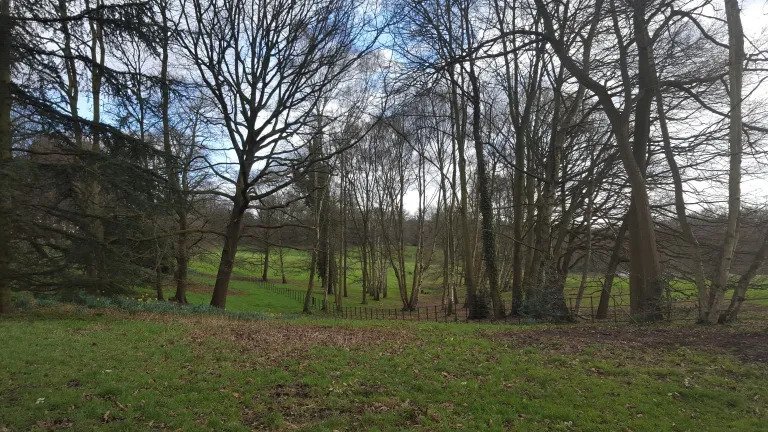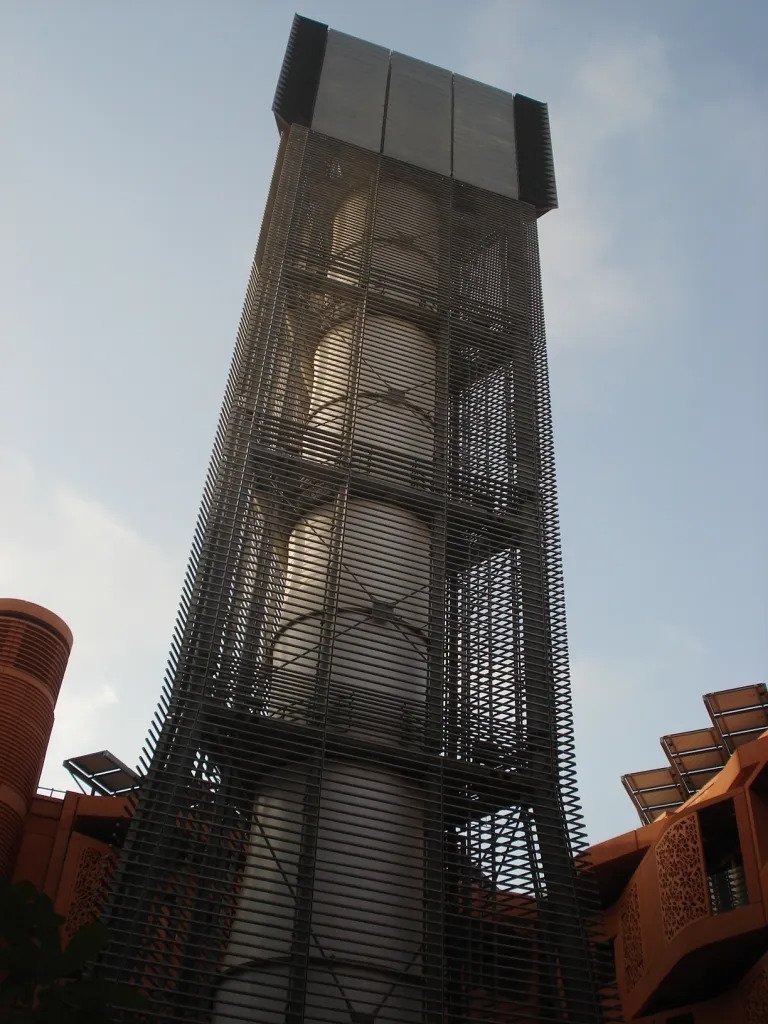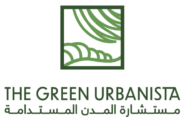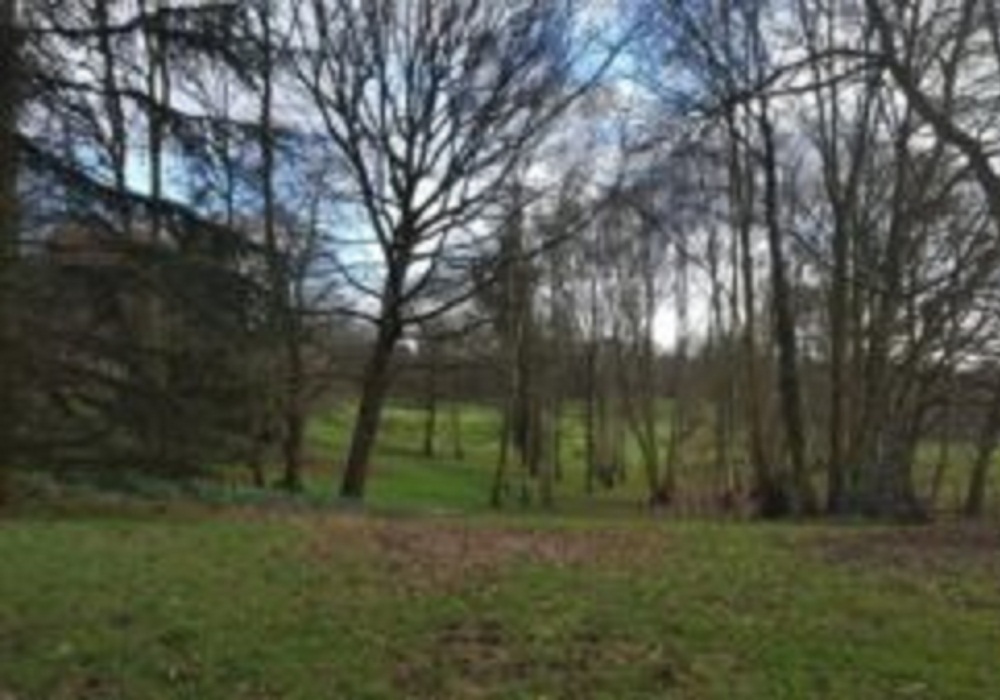I have often been on the receiving end of this question, and I usually end up providing a long-winded response with several examples to make the point that we do lots of very exciting things that are constantly evolving!
Since the last post was a view on planning in general, I thought it would be interesting to take a more specific look at environmental [and sustainability] planning here. I find the overview provided by Prof. John Randolph in his textbook Environmental Land Use Planning and Management to be particularly helpful, so I will start by paraphrasing that and then move on to sharing some of my own thoughts.

In his section on environmental planning in the 21st century, Randolph starts by highlighting the new and complex environmental planning imperatives we face today: climate change, environmental justice, human health, and sustainable communities. He acknowledges the varying approaches (and labels) being developed to address these imperatives, everything from integrated resource management to New Urbanism.
Randolph then summarises the five basic elements of the emerging environmental planning approaches:
- Science-based sustainability analysis: focused on obtaining and analysing sound scientific information;
- Adaptive management: acknowledging that we cannot know everything, this approach is based on a cycle of ‘study – do – monitor – evaluate – learn/study…’, embracing uncertainties along the way;
- Collaborative planning, design, and decision making: collaborating with communities and engaging with stakeholders to capture all values and build networks and mutual understanding;
- Seeking common solutions to multiple objectives: managing conflicts and trade-offs between competing sustainability objectives, and
- Linking local action to local needs and global issues: developing plans which address both local needs and global environmental agendas.

How does this translate into practice in the Middle East?
From my experience, environmental planning in the Middle East is a combination of approaches two (adaptive management), four (common solutions), and five (local to global) above.
The adaptive management approach is often what takes place at the environmental policy level. The absence of data is a common theme in the Middle East and so practitioners are used to making do with what is available and using their experience and professional judgement to fill in the blanks. Often what is missing from this approach is the ‘monitor-evaluate-learn’ bit of the cycle, which is crucial. Uncertainties are generally accepted and minimal effort is invested into monitoring and learning. Furthermore, any learning that does occur is often not shared (intentionally or unintentionally), and therefore the data gaps remain.
Seeking common solutions often characterises the majority of a sustainability consultant’s role on a development project. This starts by clearly identifying and articulating the multiple sustainability objectives relevant to the context. As the project progresses and trade-offs emerge, it is often the sustainability consultant’s role to bring different parties together to agree on a compromise that meets as many objectives as possible. This can occur on a building design scale or a wider planning scale. A typical example is deciding on a balance between utilising trees for shade and minimising water demand (more here).
As for the final approach, because of the ambitions many cities have in terms of being sustainability leaders on the world stage, there are often environmental planning discussions around linking local action with global agendas. This is generally positive as it pushes governments and private entities towards global best practice and towards a more comprehensive appreciation of their impacts and influence.
What about the other approaches?
Both the science-based analysis and the collaborative decision-making approaches are difficult to implement in the current context. They are approaches to which to aspire – the first will require a far greater availability of data and technical skills in the region and the latter will require a more open and transparent decision-making process.

